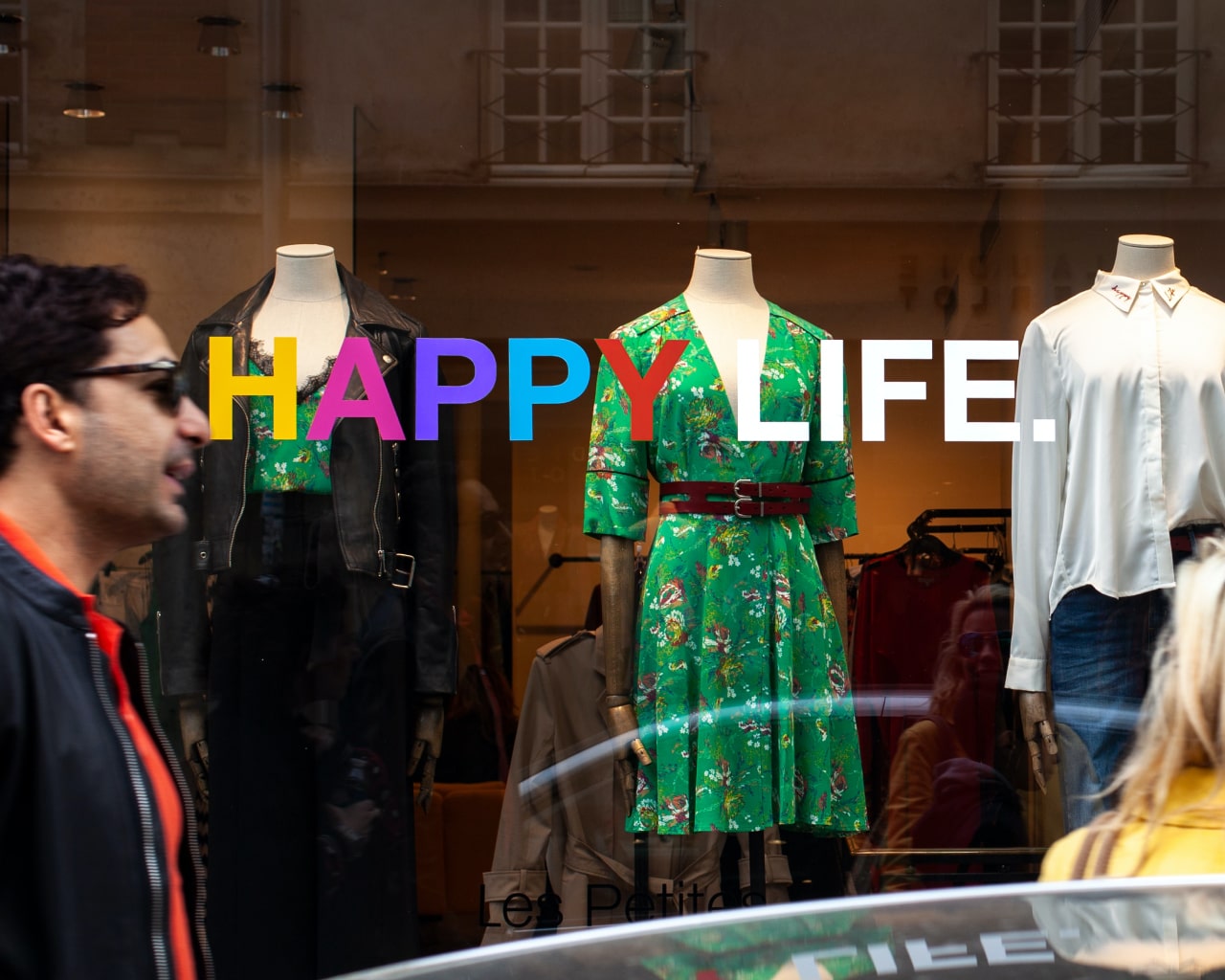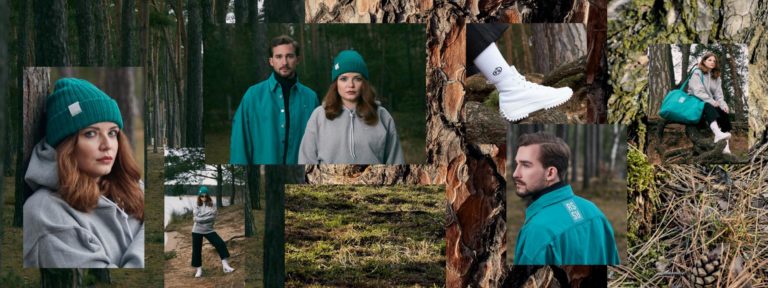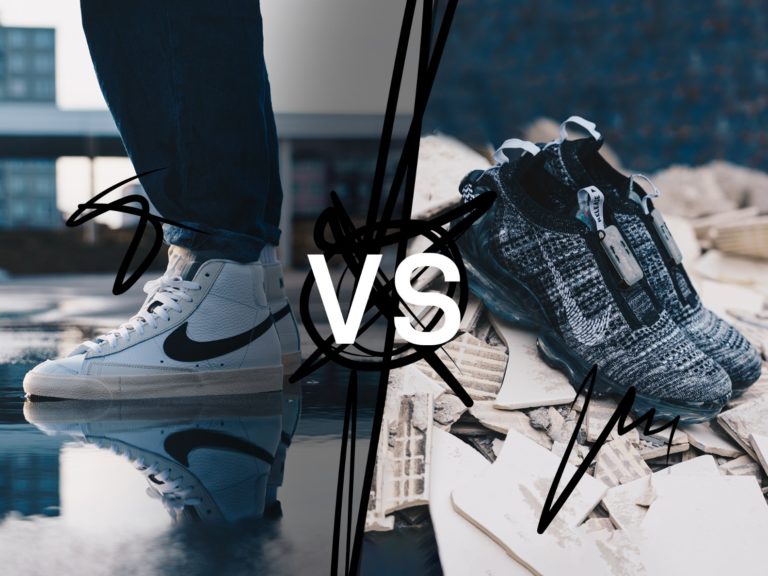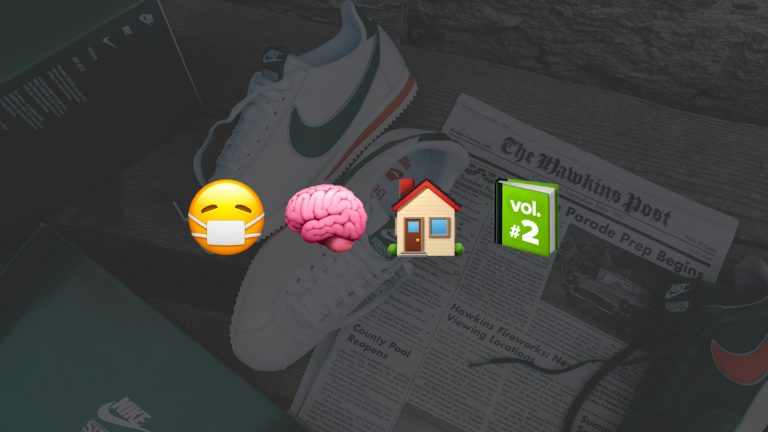Colors and clothes is the defining topic of this post. So if your favorite hashtag is #allblackeverything, you can skip this and instead check out the great interviews with Kryštof Stupka or Daniel Aleš Weiss, who we interviewed as part of our pride campaign. Still reading? Great!
In this post, I’ll dissect all there is about colors, how they match and how to fit them. Who knows, maybe I’ll even convince some diehard black and white fans to let a bit of color into their outfits – it can really level your outfit up. Ready?
WHAT ARE YOUR FAVORITE CLOTHING COLORS?
It might not seem like it, but every shade of every color has the potential to convey an emotion, or create an atmosphere. Since colors are unavoidably everywhere around us, it just makes sense to pay attention to them when getting dressed, too. The question is, how do I figure out my favorite colors that I’m going to look and feel good in?
If we skip the fact that everyone looks good in black (which is undeniable), then generally, it’s said that darker types (brown hair, eyes) look good in light to slightly dark pastel shades like royal blue, lighter types with, for example, blond hair and blue eyes, look good in dark shades, and light pastel colors like pink, emerald green or crimson are the colors for gingers. BUT, I think that anyone can wear anything and look great. The key is to keep trying combinations and pieces over and over again. The next step to figuring out your colors is getting acquainted with the color wheel in the following paragraph.
HOW TO COMBINE CLOTHES BY COLORS?
Put simply, use your intuition. Don’t possess the kind of intuition for this? Learn a few basic rules that are used not only in fashion, but also in graphic and interior design – by doing so, you’ll improve more aspects of your life than just dressing up.
MEET YOUR NEW BEST FRIEND, THE COLOR WHEEL
As I mentioned before, a certain kind of color wheel exists. It’s a diagram that can help decide whether two or more colors are a match. To give you a little background, the color wheel was first introduced by Sir Isaac Newton in 1666, placing the first building blocks of color theory. And it’s used in different variations to this day.
Based on this wheel, we divide colors into primary (red, yellow and blue – RYB), secondary (green, orange and purple) and tertiary (yellow-orange, red-orange, red-purple, blue-purple, blue-green and yellow-green) colors. Now that you have a basic understanding of how the color wheel works, it’s time to learn to work with it and match your clothes by their color.
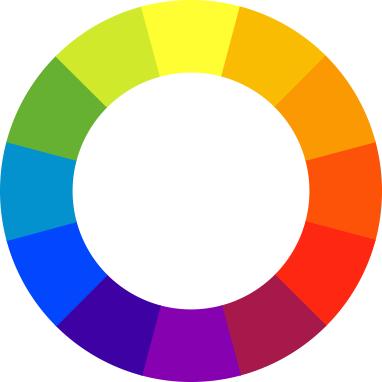
- The triangle rule
Matching three colors together is easily done using the triangle rule by connecting any three colors in the wheel by a triangle. At first I didn’t believe it, but it really works. A good example of when you’ll put this to use is when you’re not sure about matching pastel colors.
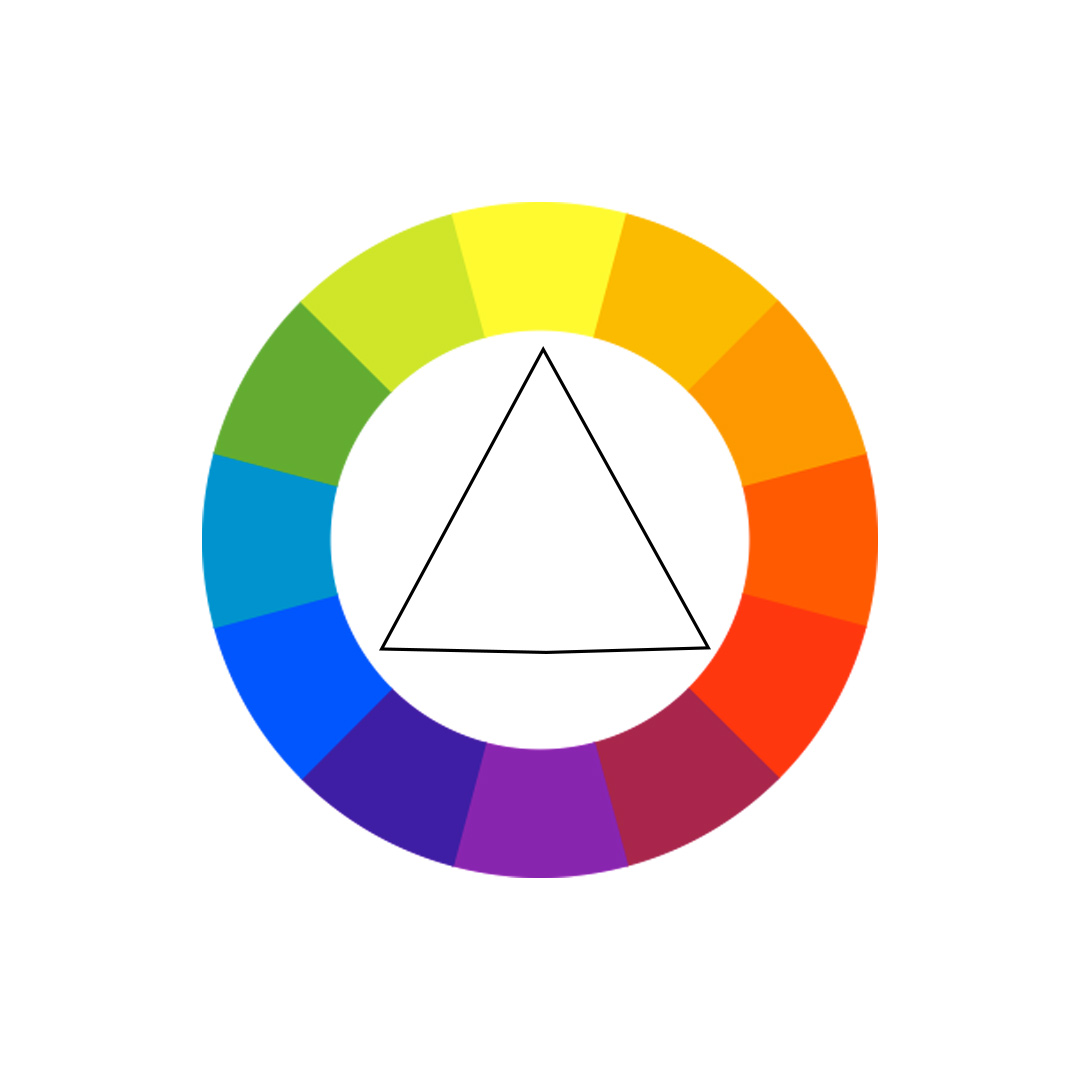
2. The straight line rule
This one’s easy – to find a matching color, just connect the one you already have with the one opposite on the wheel. These pairs of colors are called complementary colors.
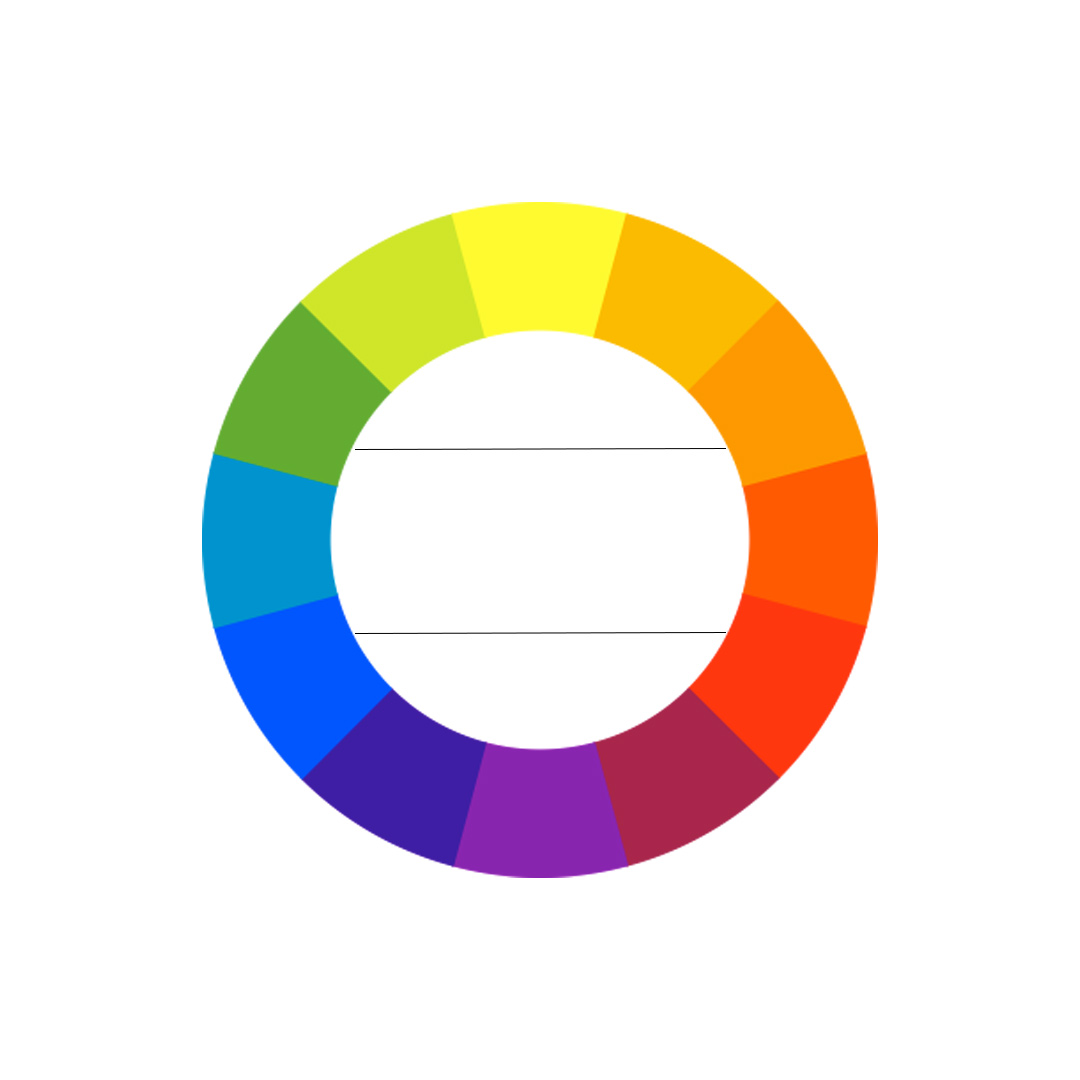
3. The neighbor rule
This one’s pretty self explanatory. You can’t go wrong with two neighboring colors. These pairs are called analogous colors, in case you ever encounter the term.
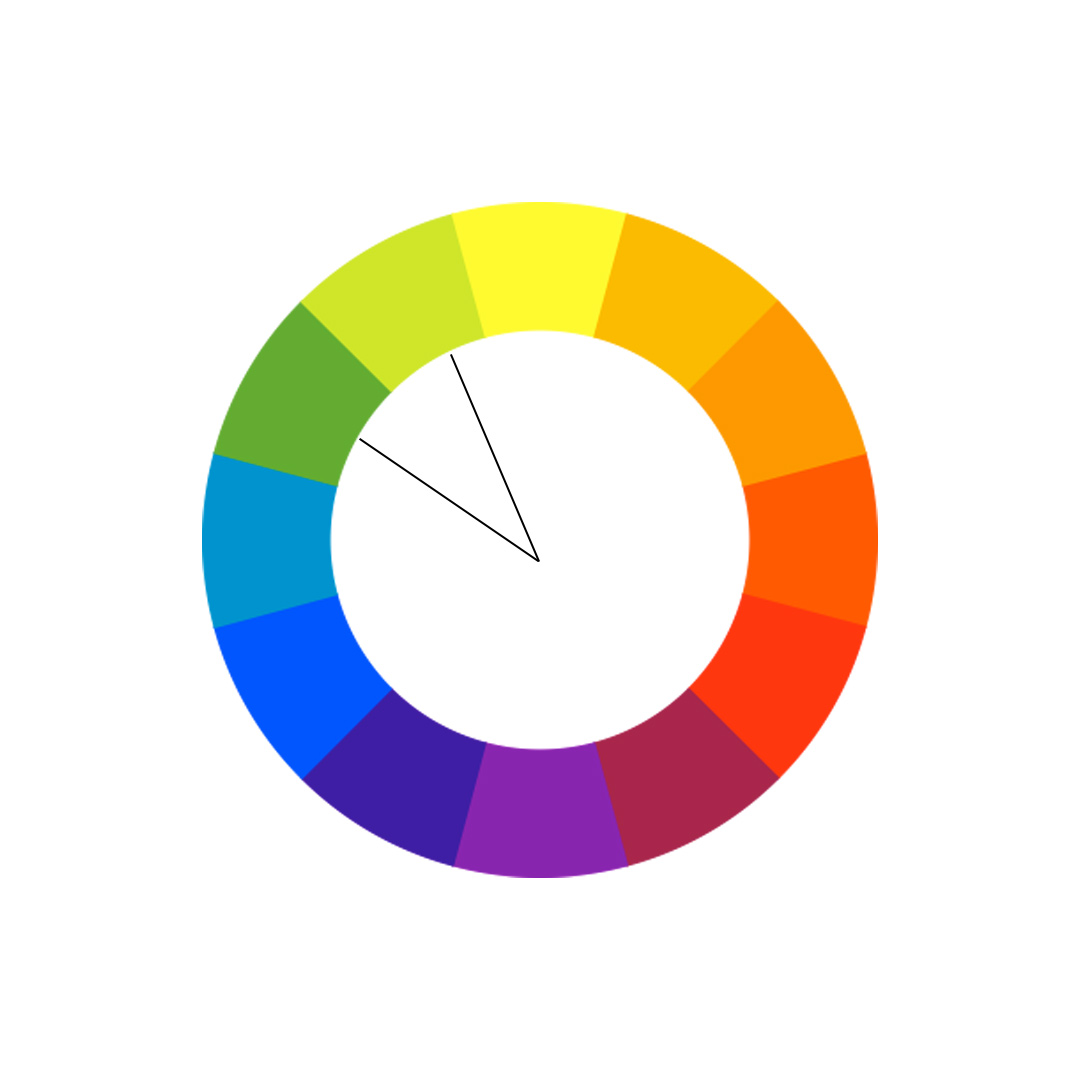
4. One shade for beginners
Learning how to properly combine colors is a form of art, so for starters, I recommend just sticking to one color and fine-tuning its different shades. If you’re not sure, add a neutral color, such as black or white.
5. Combination of 3 colors is enough
A general rule of thumb is not to combine over three colors, and I have to agree. Four colors look comical – obviously, if you’re going to the circus or a carnival, you can go all out, but for just hanging out, stick to three colors.
6. Using neutral shades
Neutral colors – black, white, brown and khaki – are a lifesaver: you can combine them with anything. Denim can also be considered a neutral shade, as it complements other colors well. They’Re great when you’re still learning about colors, for example, black can teach you how to wear ping or green, while white complements blue or green. One thing to watch out for is color saturation and warmth – if you’re in the colder part of the spectrum, match it with white, black or blue – khaki probably won’t be a match.
7. Use primary colors
Want to give your outfit some energy, but are scared you’ll look funny? Grab a primary color – once again, these are red, blue and yellow. How about black pants with a yellow T-shirt and a pair of blue Converse?
8. Sure-fire strategy
Luckily for you, and if you’re not interested in any color spectrums and don’t want to have to remember any rules, there are simple color combinations that will never go out of style. Some of them are:
- black and camel brown
- blue and pink (try blue jeans and pink tee – it works even for men)
- olive/khaki and brown
- black and beige
- a vibrant color and a neutral color
- monochromatic looks – combining shades of a single color: black and grey, red and crimson, navy blue and baby blue etc.
- distinctive accessories – if your outfit is composed of neutral colors, break the monotony with a wildly colored accessory – I personally love colorful sneakers and hats – caps, beanies, bucket hats… it’s up to you
WHAT COLORS OF CLOTHING ARE MODERN?
The Pantone Color Institute releases a Fashion Color Trend report after every fashion week – in it, you can find out which shades resonated across catwalks and will be worn in the following season. If you want to stay trendy, you should follow their page. I already gave the report a look and it seems that this summer, we’ll be wearing soft pastel colors and in autumn, we’ll be wearing beautiful natural colors. And since we all call colors differently, I’ve prepared a collage where you can give different shades a look, see what you think about them and then explore what we have online in the color.
I also recommend following @pantone on Instagram, where you can get the latest information about trending colors. For 2022, it’s yellow and grey. What do you think is coming next year?
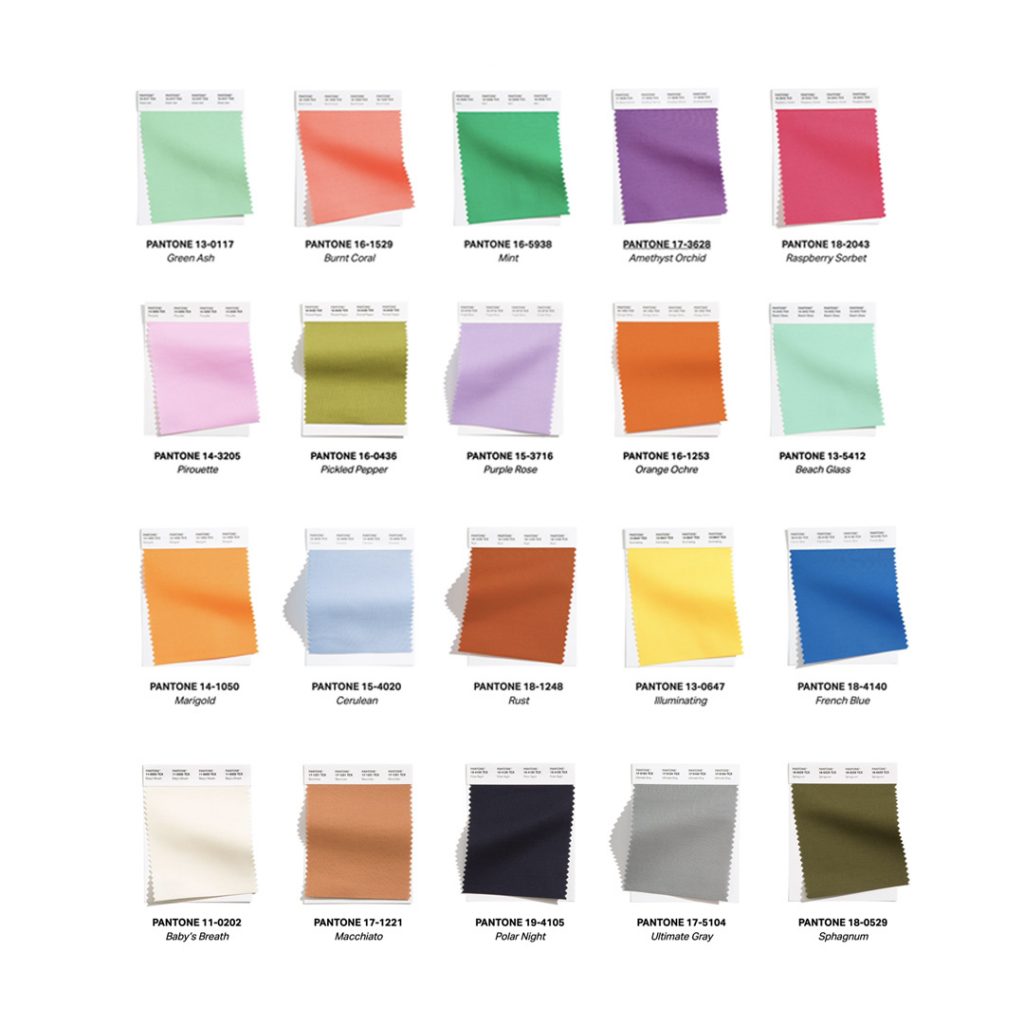
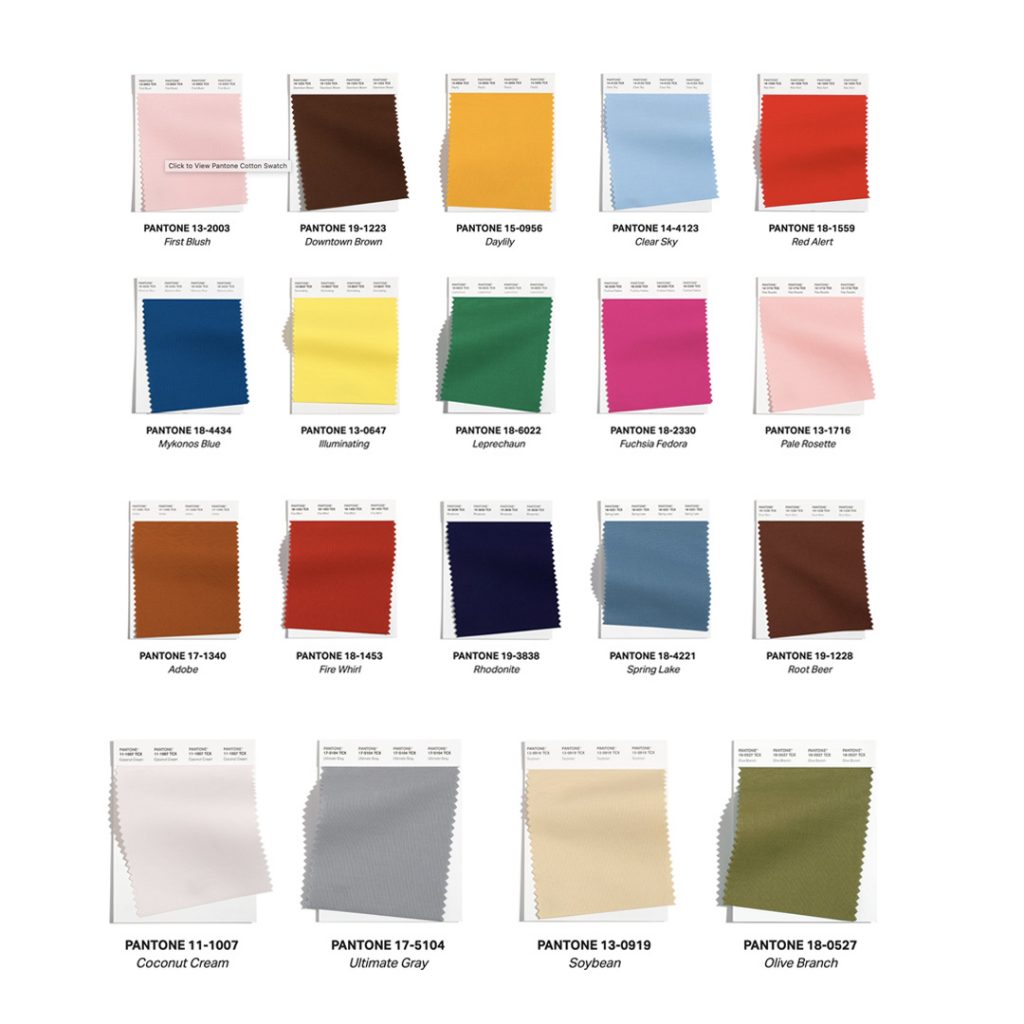
Fashion and streetwear especially have many facets, mixing different styles and subcultures together, so we wrote an article summarizing the most common styles you can find, they’re 4 in total: Nude, Active Minimalist, 90’s Nostalgia and Urban Alpinist. That’s all I’m going to say, as you should check it out on your own.
Which colors match with grey?
Grey is a neutral color, and considered a shade of black. Which means you can wear grey with basically anything except dark brown. It looks good with pink, turquoise and natural shades. Put simply, wear grey with anything you want to set the mood with.
Which colors match with green?
Green is great in combination with shades of red, orange or yellow. When choosing one of these shades, be wary of it’s warmth and saturation. For a great outfit, mix it with a neutral color such as beige or white.
Which colors match with purple?
Purple is great in combination with shades of yellow and blue.
Which colors match with brown?
Brown is a neutral color, so it fits well with any dampened shade of the spectrum, red and pink the most. It’s not recommended to mix dark brown with black or grey. It’s better if you combine these with light brown or beige.
Which colors match with red?
Red goes with shades of orange and purple, and you can’t go wrong with yellow and blue, because red, yellow and blue are all what? Primary colors. Of course, you can also mix red with any neutral color such as black, white, light brown or khaki.
Which colors match with blue?
Shades of green and purple, as well as red and yellow (again, they’re primary colors). Same goes for any neutral color such as black, white, light brown and khaki.
Which colors match with yellow?
Shades of green, orange and purple, also blue or red. And again, any neutral color.
Which colors match with pink?
Shades of red, purple, and when picked correctly, orange, too.
- How to dress for a party - 1. 10. 2021
- On a budget? Check out the 7 cheapest sneakers at Footshop! - 2. 9. 2021
- How to choose and wear a backpack? - 17. 8. 2021
